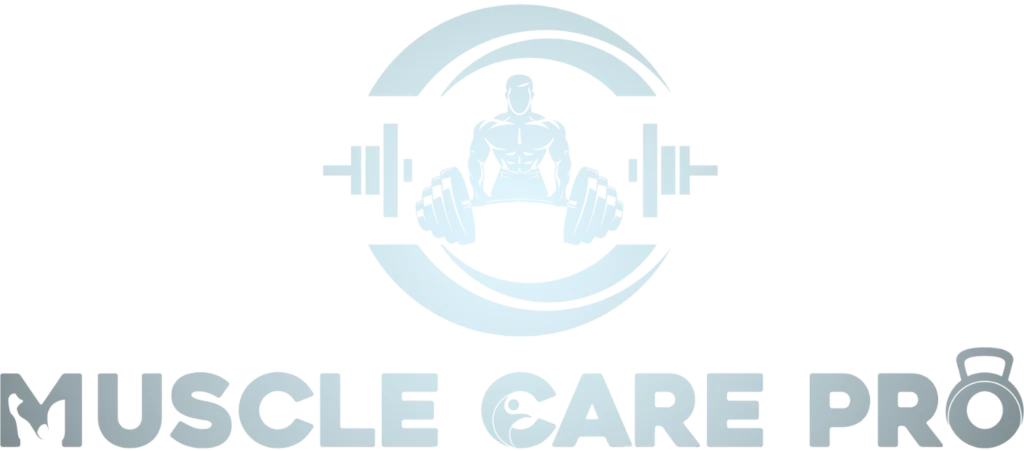Why Does My Levator Scapulae Muscle Feel Soft And Hurt?
The levator scapulae is shaped like a strap and positioned in the back and side of the neck. Its main purpose is to elevate the scapula and move the neck. It runs from the transverse processes of the upper cervical vertebrae to the superior angle of the scapula. This muscle helps stabilize and hold the shoulder blade in position when the arm is in motion. When the levator scapulae is strained or dysfunctional, it may lead to pain and restricted range of movement in the neck and shoulder regions.
Do you sometimes feel any pain or tenderness around your neck or shoulder? This might be due to your levator scapulae muscle. When this muscle is strained or stressed, it can feel soft and tender. Let’s see what causes this and how we can ease this condition.
The levator scapulae muscle is responsible for shrugging the shoulders and aiding the movement of the neck. It may be tender and spongy because of strain resulting from bad postures, stress, or excessive use. This muscle may also get tight after overstaying in one position or carrying out strenuous activities. Usually, this provides relief from the discomfort.
Anatomy and Function of the Levator Scapulae Muscle
A muscle called levator scapulae is present at either lateral side of the neck that extends from the upper cervical spine to the upper edge of the scapula. It assists in neck and shoulder motion by attaching the superior cervical vertebral to the upper margin of the scapula. This muscle is a long and narrow structured fiber, ample for the routine action of lifting the shoulder. It has a major role in posture, more so when one is maintaining the position of the neck and shoulder. You can feel it at the side of your neck when it is strained, stretched, or sore.
The primary function is to elevate the scapula together with fixing the postural control of the neck. It also assists in leselevated movements of rotation and tilt of the neck, especially in forward and lateral gaze. Levator scapulae also enhance coordinated arm movement by stabilizing the scapula. This muscle is active when extension is required of the arm to carry bags, lift objects, or just to hold up a phone. This part of the musculature is often employed and stressed, resulting in its feeling tight and sore, along with discomfort in the neck and shoulder region.
Causes of Softness and Soreness in the Levator Scapulae
Muscle Strain
A muscle strain is the result of either an overstitching or tearing of a muscle. These conditions are usually caused by sudden jerks, heavy weights, and repetitive motions. Affected striated muscles are usually painful, delicate, and may exhibit edema or ecchymosis. Some respite and light exercises could facilitate their recovery.
Trigger Points
Trigger points are the pinched areas within muscles responsible for discomfort. They frequently arise due to stress or tension in the muscles, or even bad postures. These areas make the affected muscle feel itchy and painful when pressed. Usage of massage therapy and physical therapy can ease the discomfort caused by trigger points.
Injury
An injury can be defined as the damage to a body part due to an accident or excessive use of that same body part. Muscle damage, bone damage, and damage to the joints are all ways in which such injuries may occur. As a result of physical injuries, pain, edema, and impaired mobility usually follow. Healing processes and therapies require appropriate care and rest.
Sedentary Lifestyle
A sedentary lifestyle is defined by the person remaining in certain positions, either sitting or lying down, for the better part of the day and engaging in little or no physical activities. Unless addressed, this state of immobility can lead to wasting away of the muscles and loss of range of motion. It mainly also contributes to some health complications, such as being obese and truancy in muscles. It is advisable to do some form of physical activity or prefer regular movement in order to shake the body.
Prevention Strategies
- Keep the right postures in order to lessen muscle strain, particularly in the neck and shoulders.
- Stand up, stretch, and move about frequently if confined to seating for prolonged periods.
- Adhere to regular exercises in order to build muscle strength and flexibility.
- Ergonomic furniture or arrangements are to be used to facilitate good body positioning.
- Engage in recreational activities such as taking a long breath or stretching in order to release tension in the muscles.
Symptoms Associated with Levator Scapulae Issues
Problems with the levator scapulae muscle can lead to discomfort in the neck and upper shoulder areas. The discomfort can either be sharp or feel like a deep, nagging ache. Turning the head or raising the shoulders may aggravate the pain. It may also include resulting in a tight or hard movement of the neck. In addition, the muscle may be tender to the touch. In cases where the muscle is overly constricted, headaches may arise.
Conclusion
To summarize, the levator scapulae muscle may become soft and painful due to many factors ranging from muscle strain, trigger points, to injury. It can also be made worse by slouching and not engaging in kept activities for a long time. Identifying these causes is the first step to finding relief and improving the condition of the muscles.
In order to relieve pain associated with it, stretching and strengthening the levator scapulae is indicated. Additionally, maintaining good posture and incorporating sufficient breaks will eliminate the risk of complications. If the problem does not resolve, resolution of the issue ideally will require professional advice for treatment.











